Table of Contents
Chipotle Scoville Units: Quick Answer
Chipotle peppers measure between 2,500 and 8,000 Scoville Heat Units (SHU), exactly matching their parent pepper - the jalapeño. This is because chipotles ARE smoked and dried jalapeños, not a separate pepper variety. Despite the smoking process, chipotles don't become significantly hotter than fresh jalapeños, though the concentrated form in adobo sauce can sometimes feel more intense.
If you're searching for "how hot is chipotle" or "chipotle scoville units vs jalapeño," this guide delivers precise information with practical advice you can use immediately in your cooking. No confusing technical jargon - just clear facts about chipotle heat levels and how to manage them.
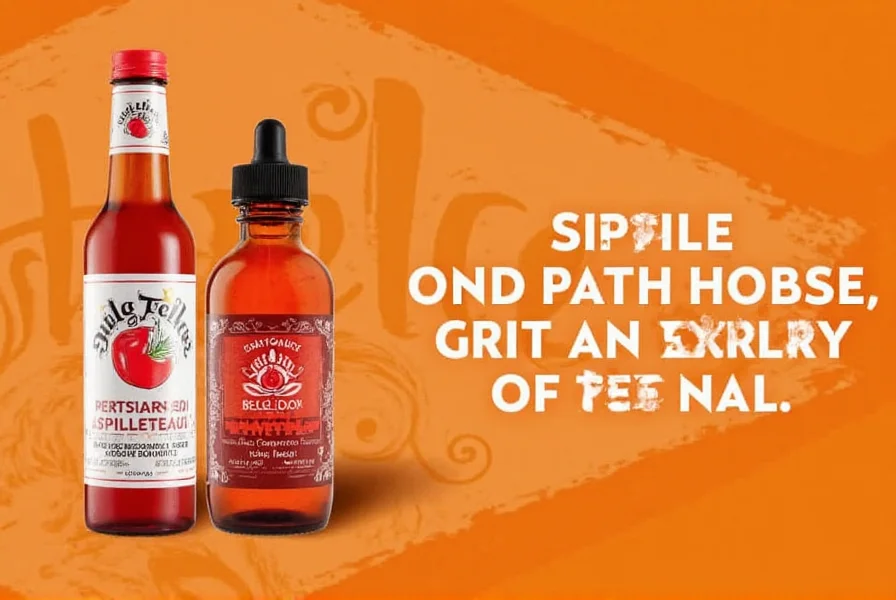
Understanding the Scoville Scale for Chipotles
The Scoville scale measures capsaicin concentration - the compound that creates heat in peppers. While modern laboratories use high-performance liquid chromatography (HPLC) for precise measurements, the Scoville Heat Unit (SHU) remains the standard reference.
For chipotle peppers specifically, understanding their position on the scale helps you predict how they'll perform in recipes. At 2,500-8,000 SHU, chipotles sit firmly in the medium heat range - noticeably spicy but manageable for most palates. This makes them versatile for everyday cooking where you want flavor with a kick, but not overwhelming heat.
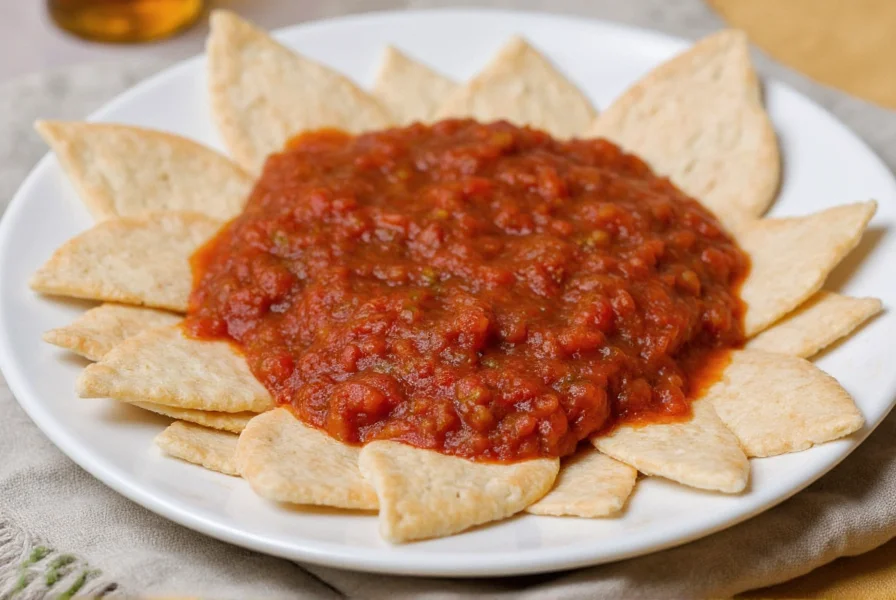
Exact Chipotle Heat Level Explained
Contrary to popular belief, chipotle peppers aren't inherently hotter than jalapeños. Since chipotles are simply smoked jalapeños, they share the same 2,500-8,000 SHU range. The smoking process preserves the pepper but doesn't significantly increase capsaicin concentration.
Where confusion often arises is with canned chipotles in adobo sauce. The concentrated form and the way the sauce distributes the heat can make them feel hotter, but scientifically, they remain in the same heat range as fresh jalapeños.
| Pepper Variety | Scoville Range (SHU) | Chipotle Comparison |
|---|---|---|
| Jalapeño (fresh) | 2,500–8,000 | Same heat as chipotle |
| Chipotle (smoked jalapeño) | 2,500–8,000 | Reference point |
| Chipotle in Adobo Sauce | 2,500–8,000 (concentrated effect) | Slightly more intense perception |
| Habanero | 100,000–350,000 | 12-40x hotter than chipotle |
| Serrano | 10,000–23,000 | 2-3x hotter than chipotle |
This precise understanding of chipotle scoville units helps you select the right amount for your recipes without unpleasant surprises. Remember that individual peppers vary, so always taste before adding large quantities to your dishes.
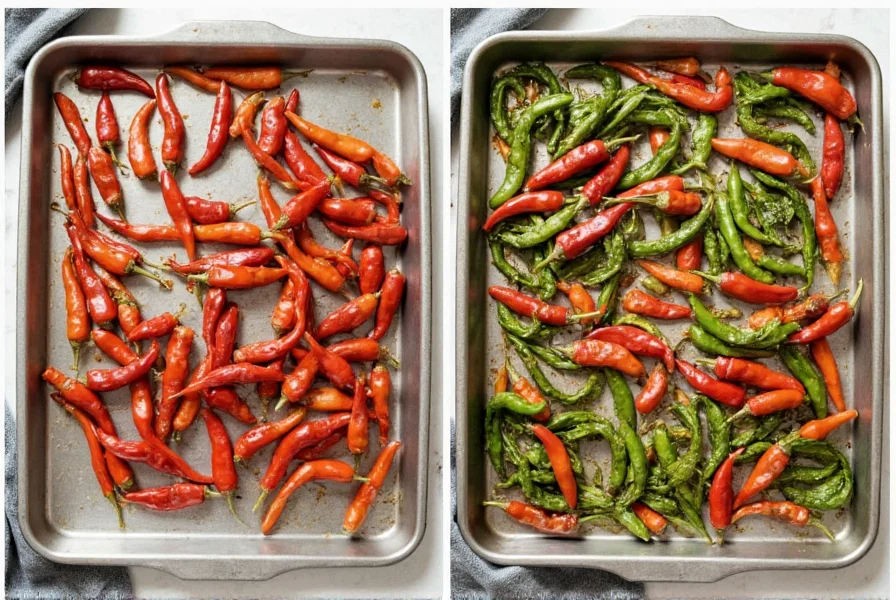
Top 10 Practical Chipotle Heat Management Tips
Based on the confirmed 2,500-8,000 SHU range of chipotle peppers, here's how to manage their heat effectively in your cooking:
- Start with half a pepper: Since chipotles range up to 8,000 SHU, begin with half a pepper and adjust after 10 minutes of cooking.
- Remove seeds strategically: The seeds contain most capsaicin - remove them for milder heat while keeping smoky flavor.
- Soak in dairy: Briefly soak canned chipotles in milk or buttermilk to reduce heat without losing smokiness.
- Balance with acid: Add lime juice to counteract capsaicin's effects while enhancing chipotle's natural flavors.
- Use measured paste: Blend chipotle with oil to create a consistent paste where 1 teaspoon equals approximately 1,000 SHU.
- Know your adobo sauce: The sauce in canned chipotles often contains vinegar that intensifies perceived heat - use sparingly.
- Pair with fats: Avocado or coconut milk neutralizes heat better than water-based ingredients.
- Test early: Add chipotle at the beginning of cooking to allow heat to mellow while flavor infuses.
- Store properly: Keep dried chipotles in airtight containers away from light to maintain consistent 2,500-8,000 SHU heat.
- Respect variation: Recognize that individual chipotles can vary from 2,500 to 8,000 SHU - always taste before using.
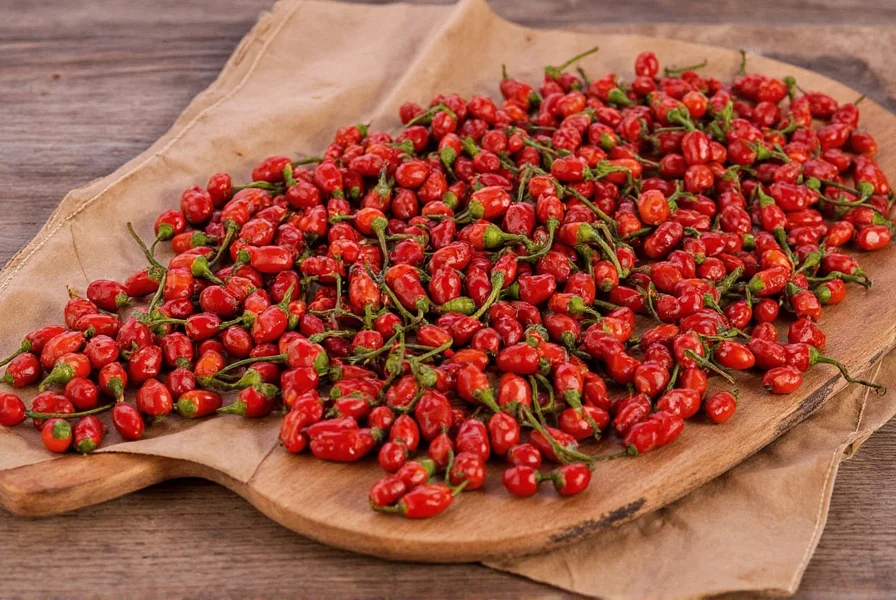
Chipotle Buying Guide by Heat Level
Understanding that chipotle maintains the 2,500-8,000 SHU range regardless of form helps you select the best product for your heat management needs:
1. Canned Chipotle Peppers in Adobo Sauce
Heat Characteristics: Consistent 2,500-8,000 SHU with concentrated flavor due to preservation process.
Best For: Immediate use in sauces, marinades, and soups where even heat distribution matters most.
Heat Tip: Use 1 pepper + 1 teaspoon sauce for medium heat (approximately 4,000 SHU equivalent).
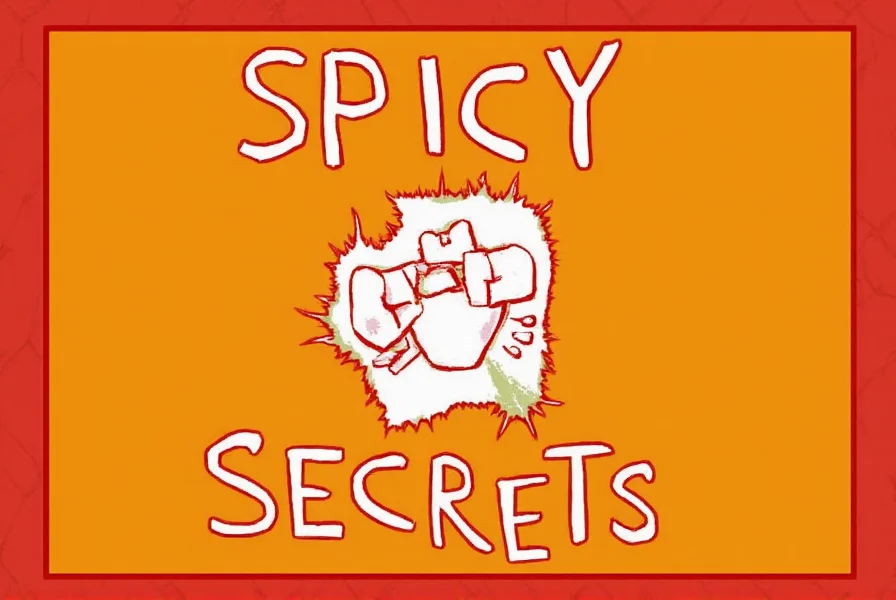
2. Dried Chipotle Peppers
Heat Characteristics: Truest representation of natural 2,500-8,000 SHU range with intensified smokiness.
Best For: When you need precise heat control - rehydrate or grind to exact specifications.
Heat Tip: 1 dried chipotle = 2 fresh jalapeños in heat but with deeper flavor complexity.
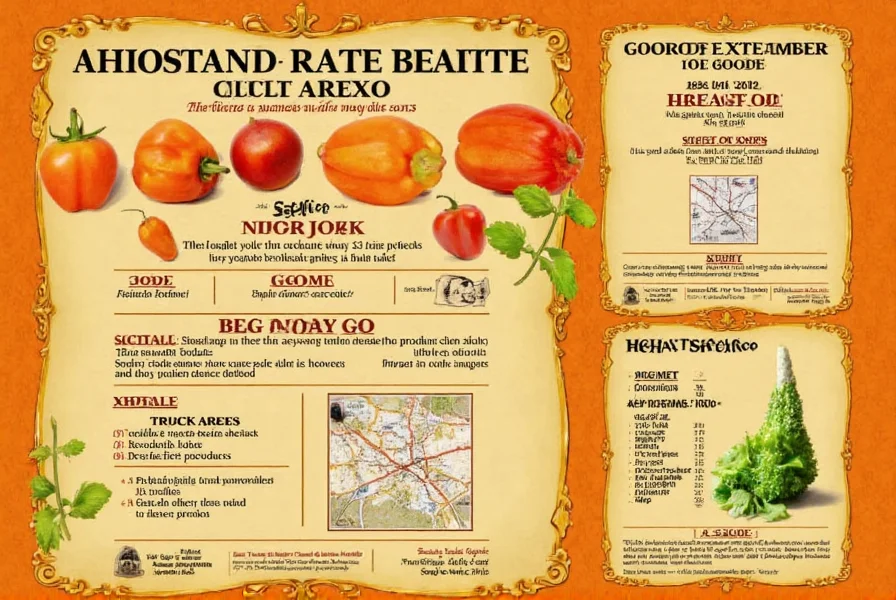
3. Chipotle Powder
Heat Characteristics: Concentrated heat (still within 2,500-8,000 SHU per pepper equivalent) with no moisture to dilute intensity.
Best For: Dry rubs and spice blends where consistent heat measurement is critical.
Heat Tip: Start with 1/8 teaspoon powder = 1 whole chipotle pepper for controlled heat.
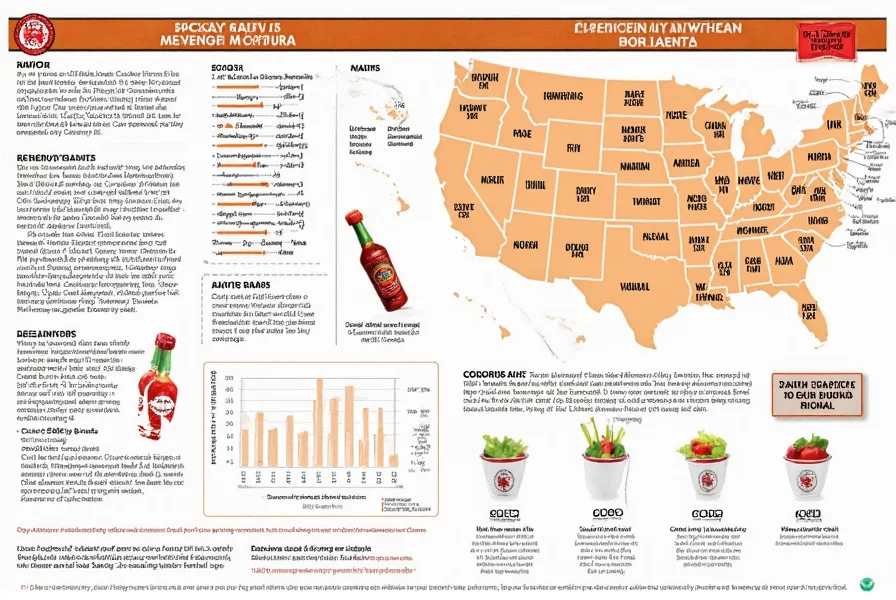
Frequently Asked Questions About Chipotle Scoville Units
How many Scoville units does a chipotle pepper have?
Chipotle peppers consistently measure between 2,500 and 8,000 Scoville Heat Units (SHU), identical to fresh jalapeños since chipotles are simply smoked jalapeños.
Are chipotle peppers hotter than jalapeños?
No, chipotle peppers are not hotter than jalapeños. They are the same pepper variety - chipotles are jalapeños that have been smoked and dried. Both register 2,500-8,000 SHU on the Scoville scale. The misconception arises because the concentrated form in adobo sauce can feel more intense.
Why do some chipotles seem hotter than others?
While all chipotles fall within the 2,500-8,000 SHU range, variation occurs due to growing conditions, ripeness at harvest, and specific part of the pepper used. The seeds and white membranes contain the highest concentration of capsaicin, so recipes using these parts will register at the higher end of the scale.
How does canned chipotle in adobo compare in heat?
Canned chipotle peppers maintain the 2,500-8,000 SHU range, but the adobo sauce concentrates the heat perception. One whole pepper in adobo typically delivers heat equivalent to 1.5 fresh jalapeños due to the vinegar and spice blend in the sauce.
What's the most accurate way to measure chipotle heat?
Since Scoville units measure capsaicin concentration, the most practical approach for home cooking is to start with small amounts (1/2 pepper or 1 teaspoon of adobo sauce) and adjust after 10 minutes of cooking. Remember that chipotle's heat mellow slightly with cooking time while the flavor intensifies.
How can I reduce chipotle heat without losing flavor?
To maintain chipotle's signature smoky flavor while reducing heat: remove seeds and white membranes (where 80% of capsaicin resides), soak in milk for 10 minutes before use, or blend with equal parts roasted red bell pepper. This preserves the 2,500-8,000 SHU pepper's flavor profile while moderating the heat impact.
Final Thoughts on Chipotle Heat
Understanding that chipotle peppers consistently measure 2,500-8,000 Scoville Heat Units provides clarity for perfect recipe execution. The key insight is recognizing that chipotles aren't hotter than jalapeños - they're the same pepper with added smokiness from the smoking process.
When working with chipotle's precise heat range, remember that controlled application yields the best results. Start small, respect the variability within the 2,500-8,000 SHU range, and use the practical techniques outlined to manage heat while maximizing flavor.
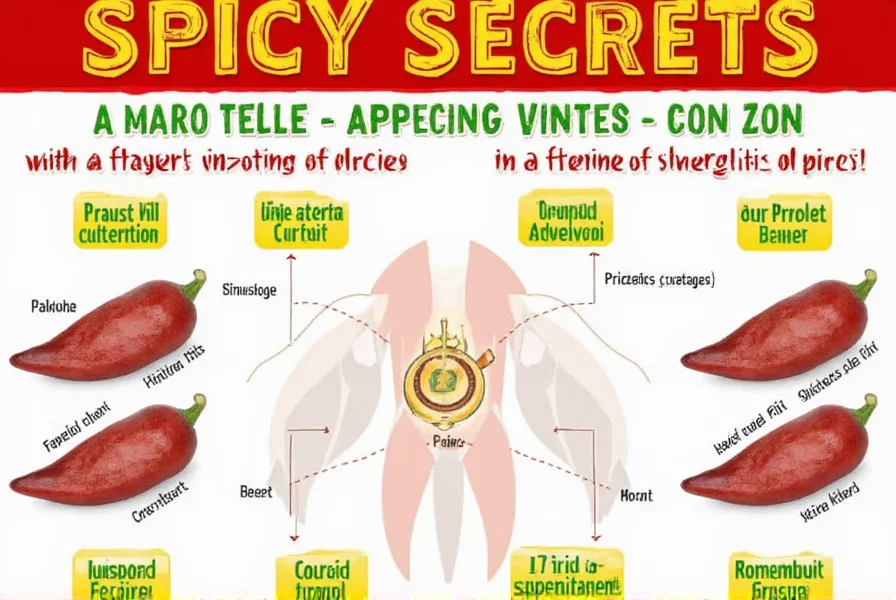
Now that you know exactly what chipotle scoville units mean and how to work with them, you can confidently incorporate this versatile pepper into your cooking without heat-related surprises.

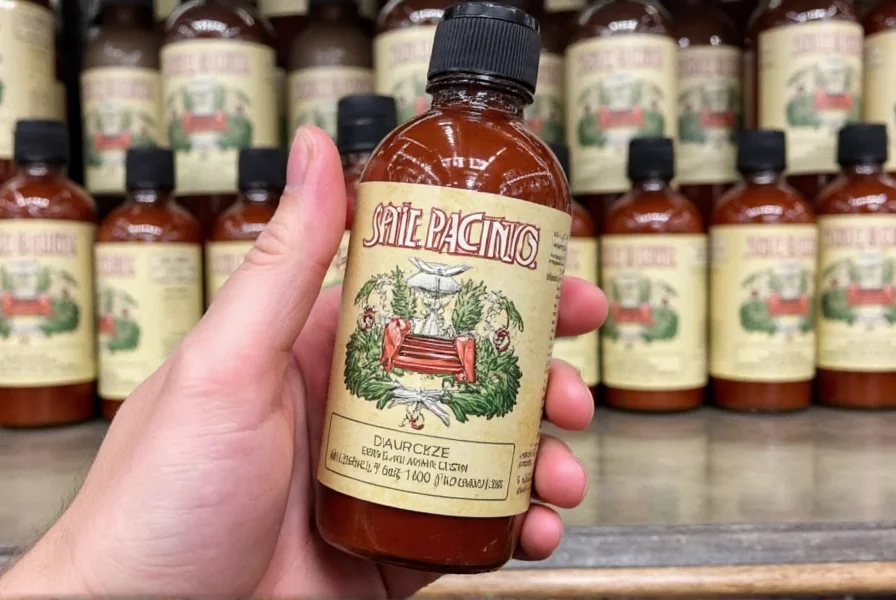









 浙公网安备
33010002000092号
浙公网安备
33010002000092号 浙B2-20120091-4
浙B2-20120091-4